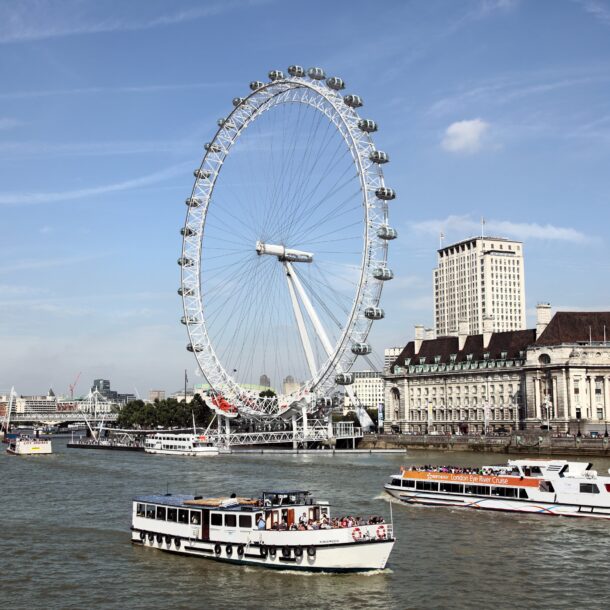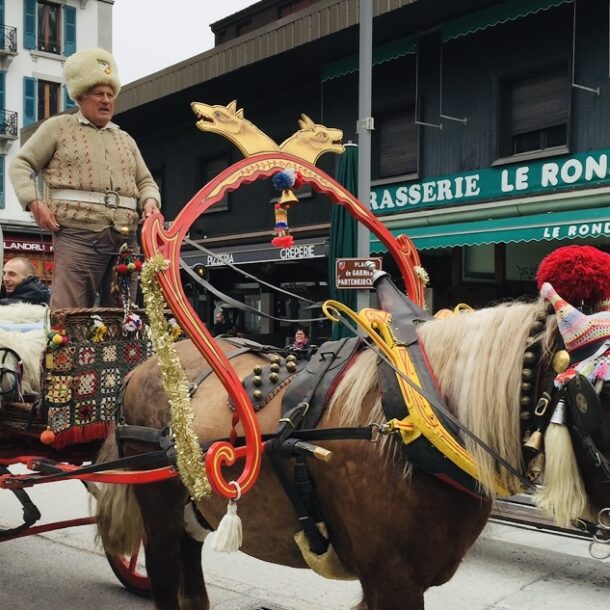
‘City of Angels’
From the high-rise spiralling window of my room, I gaze in awe at the bustling metropolis below. The beating pulse of Bangkok, commonly called “Krung Thep,” meaning ‘City of Angels’ in Thai, can hardly be compared to any other city in the world. It is the crack of dawn, and the streets are already busy with vendors preparing their stalls for the morning rush of commuters. As I prepare to leave, I am ready for a trip down the “River of Kings,” which is none other than Bangkok’s legendary Chao Phraya.
In the midst of the hustle, I intend to catch a ferry boat that will whisk me across the Chao Phraya to enjoy some of the majestic sights surrounding it. As I leave my lodging, I am greeted with the traditional Thai Wai, a common symbol of clasping the hands together in greeting, I return the gesture with polite respect.
I finally reach Saphan Taksin, ready to catch my long-tail boat. In the meantime, I admire my surroundings catching a glimpse of the iconic palaces and temples spreading out from the river’s embankments. In the past, the river served as the city’s lifeline. In its early days, the Chao Phraya played a major role in commerce and transportation.
History has it that King Rama I designated the capital city of Bangkok to be erected to where it currently is back in 1782 because of the site of the river. King Rama I, also supported the construction of some of the world’s most iconic temples and civic buildings around it.
As the boat’s engines roar, I peek at the iconic sites along the Chao Phraya. Some of which include the Grand Palace, the Temple of the reclining Buddha (Wat Pho), and the Temple of Dawn (Wat Arun). The Chao Phraya is always bustling. Royal barges pass through it on auspicious royal occasions and celebrations. Festivities never seem to stop around it either. Surrounded by many luxurious hotels, restaurants, rooftop bars, and the Asiatique night market, the Chao Phraya has become a trendy getaway for Bangkok’s residents.
At night river traffic doesn’t stop; tour boats and river cruisers appear, adding to the pleasure and colour on the waters. During the festival of lights commonly known as Loi Khrathong, the river is covered with candle-lit floats, locals flock in droves to thank the goddess of water and make a wish.
After enjoying the tranquil sites of the billowing Chao Phraya, I am ready for another adventure. This time I hop on a traditional Thai rickshaw commonly called Tuk Tuk and head to Khao San road. About one kilometer away from the Grand Palace, Khao San means “milled rice” in Thai. No matter your preference, Khao San is renowned for its plentiful shops. This little but popular shopping street is filled with bars, restaurants, internet cafes, tailor shops, and money exchange centres with budget-friendly rates. It has an urban aura; vendors sell everything from second-hand goods to counterfeit products.
I have searched for the top ten shopping venues to explore in Bangkok and came up with an exhaustive list of shopping centres, including Siam Paragon, a high-end shopping mall selling designer brands. Others include Central World, a mega shopping centre considered among the largest in Bangkok, boasting state-of-the-art theatres with more than 500 shops. The growing list includes Terminal 21, Emporium, River city, and many others. It’s almost noon, so I head to a nearby stall selling Pad Thai, traditional stir-fried noodles with mixed vegetables, spicy and zesty I relish every bite.
Nevertheless, for an authentic experience, I intend to shop with the locals, so I head to Chatuchak market. Where else can you get good bargains and value for money? Leaving all the gaudy shops behind, Chatuchak is undoubtedly a shopper’s paradise. Renowned as one of the largest open markets in the world, Chatuchak has it all. With over 15,000 stalls, the open market is divided into 26 areas and cannot possibly be completed in a day’s visit. Products sold include antiques, paintings, jewellery, furniture, clothes, toys, pets, plants, and a number of other miscellaneous goods. Traditional handicrafts reflecting Thailand’s heritage and culture are also sold.
With so much to see and do, another day beckons me in the City of Angels. I brace myself to dodge the traffic and hop on a motorbike; the experience is exhilarating. After all, no Bangkok trip is complete without a breakneck ride on a Thai motorcycle. Fitting between jammed cars with knee-endangering speed, the motorbike is one sure way to make an appointment on time. The driver sifts through traffic as he gets me to the centre of town for a tour of the Jim Thompson house museum.
Known as the father of Thai Silk, Jim Thompson is credited for reviving the Thai silk industry in the 1950s. He was the first to introduce permanent chemical dyes for Thai silk fabrics. He focused on grassroots efforts to help the needy by paying silk weavers high wages. Thompson employed Thai women in the workforce, giving them the liberty to work from home and to choose their working hours while retaining their household position and becoming breadwinners. Now a museum, his house has guided tours in several languages showcasing the process of Thai silk making. It also has a priceless trove of Asian antique collections and a shop selling silk fabrics.
Leaving the museum, I dodge Bangkok’s heavily jammed traffic by an alternative method. I take the Skytrain from Ratchatewi station. With the sun beating down and the humidity taking a toll on my sweltering body, I search for a drink to quench my thirst. I stop by a street vendor for a traditional Thai drink in a bag; there are many of these sold here. The bags of frosty fresh squeezed juice are tied up with a rubber band that doubles as a carrying handle, a straw complements the package, and I sip every bit of my drink enthusiastically.
Afterward, I head to Lumpini park, Bangkok’s version of Central Park. I have come here to experience this urban green space surrounded by skyscrapers from every corner. In a city of over 8 million residents, it is certainly a welcome respite from the daily grind. Lined with trees and shrubs and an artificial lake in its centre, the park is considered Bangkok’s “green lung.”
History has it that the park was set aside as royal land in the 1920s. King Rama VI later generously donated the land on which the park was built to the public. Lumpini park is always busy; many come here to unwind, bike, or catch up on some reading. With the sun slowly ebbing away from Bangkok’s towering skyline, I reflect upon my trip to this unique city and its diverse surroundings. I experienced the authentic ‘City of Angels,’ with all it has to offer, a melting pot of exotic sights, sounds, and aromas it never ceases to thrill and captivate each time I visit.



